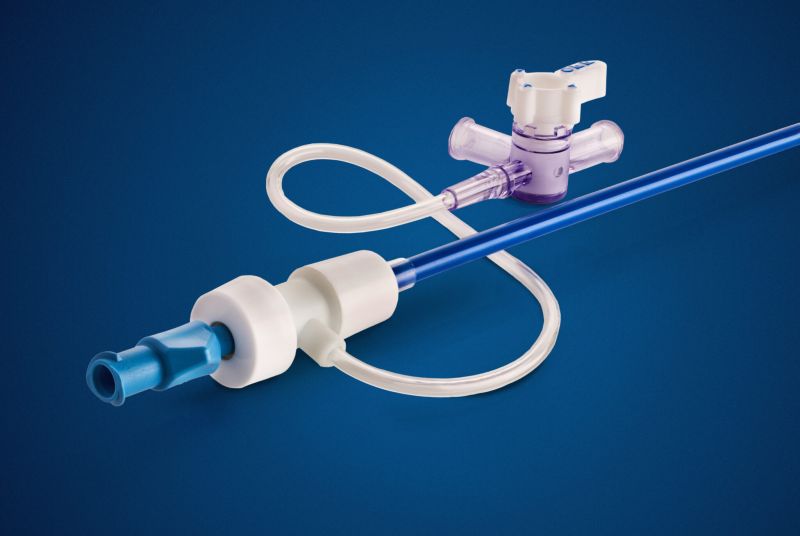
What Is a Thrombectomy Device and Why Is It Transforming Stroke and PE Care in 2030?
Share
According to the report by Next Move Strategy Consulting, the global Thrombectomy Device Market size is predicted to reach USD 2.63 billion by 2030 with a CAGR of 7.1% from 2024-2030.
Thrombectomy devices are minimally invasive tools designed to remove blood clots from vessels, offering life‑saving interventions in acute ischemic stroke and pulmonary embolism (PE). As device innovation accelerates globally—from homegrown kits in India to FDA‑cleared platforms in the United States—clinicians have more options than ever for rapid, effective clot removal.
Download Your Free Sample Here: https://www.nextmsc.com/thrombectomy-device-market/request-sample
What Is a Thrombectomy Device and How Does It Work?
Mechanical thrombectomy devices navigate to the site of an occlusion via a catheter, then engage, disrupt, and extract the clot. Key components include:
- Navigation catheter: Guides the device through the vasculature.
- Aspiration or retrieval mechanism: Applies suction or mechanical grasping to capture the clot.
- Blood return/filtering system: Separates and reinfuses filtered blood, minimizing blood loss.
Conclusive Statement: Mechanical thrombectomy combines precise navigation with targeted clot extraction to improve patient outcomes in acute vascular emergencies.
Why Is India Backing an Indigenous Thrombectomy Device for Stroke Care?
What Are the Goals of India’s “Make‑in‑India” Initiative?
- Financial Support: In May 2025, India’s Technology Development Board (TDB) sanctioned funding for S3V Vascular Technologies to build India’s first neuro‑intervention manufacturing plant in Sriperumbudur, Chennai.
- Public Health Impact: Acute ischemic stroke affects nearly 1.5 million Indians annually. Mechanical thrombectomy reduces long‑term disability versus thrombolysis.
Conclusive Statement: India’s push for an indigenous thrombectomy kit aims to enhance affordability and accessibility of stroke interventions nationwide.
How Does the AVENTUS Thrombectomy System Improve PE Treatment?
What Milestone Did Inquis Medical Achieve in June 2025?
- FDA Clearance: On 16 June 2025, the AVENTUS system received 510(k) clearance from the US Food and Drug Administration for pulmonary embolism treatment.
- Integrated Design: Includes blood filtration chamber to streamline clot removal and blood return, reducing procedural complexity.
- Clinical Validation: Results from the pivotal IDE study demonstrated safety, no device‑related major adverse events, and rapid right‑heart strain improvement.
Conclusive Statement: The AVENTUS platform sets a new standard for PE thrombectomy by combining precision sensing with efficient blood handling in one integrated system.
What Are the Latest Developments in the E2‑PE (Hēlo) Thrombectomy System?
How Is Endovascular Engineering Advancing PE Care?
- Pivotal Trial Enrolment: E2 announced completion of patient enrolment in the ENGULF pivotal cohort on 24 June 2025, evaluating the Hēlo PE Thrombectomy System in intermediate‑risk PE
- Dual‑Action Mechanism: Combines powerful aspiration with Flow Mitigation Technology™ to disrupt clots while conserving blood.
- Clinical Evidence: The feasibility cohort showed successful clot removal outcomes in initial patients.
Conclusive Statement: The Hēlo system’s innovative clot engagement and blood preservation design advances the investigational landscape for PE treatment.
Next Steps
Actionable Takeaways for Stakeholders:
- Clinicians: Evaluate trial protocols for AVENTUS and Hēlo systems to consider participation or future adoption.
- Hospital Administrators: Engage with S3V Vascular and regulatory bodies to plan for adopting locally manufactured thrombectomy kits in Indian centers.
- Policy Makers: Monitor outcomes of the Chennai manufacturing project to inform further “Make‑in‑India” medtech initiatives.
- Investors: Review clinical milestone timelines for E2 and Inquis Medical to align funding strategies with device approval pathways.
- Researchers: Publish and present comparative analyses of thrombectomy outcomes versus thrombolysis across diverse patient populations.